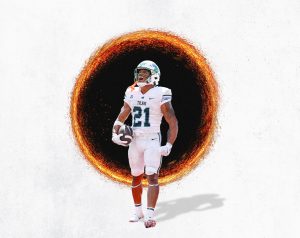New Orleans black population still displaced
August 26, 2015
The following is an opinion article and opinion articles do not reflect the views of The Tulane Hullabaloo.
New Orleans is a smaller, wealthier and whiter city than it was at the beginning of 2005. Hurricane Katrina brought about a wave of effects that led to a different environment and distribution of residents within the city.
In August of 2005, roughly 1.5 million people along the Gulf coast were displaced. Before the storm, the New Orleans population stood at nearly half a million — now it hovers slightly below 400,000. This is understandable; the city was in shambles, without the infrastructure or homes to support a large number of residents. Many feared that the city would become a ghost town.
But those fears carried little weight. Residents and newcomers returned, bringing new life and industry to the city. Even so, there are approximately 75,000 fewer black residents than before the storm, reducing the total black population in the city from two-thirds to less than 60 percent.
There is a number of reasons why this demographic change occurred. People of color continue to make up the majority of the poor and homeless population in the city. Traveling is expensive and returners to the city found higher rental rates, less available public housing and little restoration efforts in predominately black neighborhoods such as New Orleans East and the Ninth Ward.
Most of the public housing in the city was destroyed and never rebuilt. Rental rates in 2009 were 40 percent higher than in 2005.
Furthermore, Amnesty International found that residents in non-white neighborhoods were paid less to return to the city. This was doubtfully intentional, but the effects are clear. Nearly 82 percent of white residents returned, as compared to 54 percent of black residents.
This carries more weight than just affecting the race ratio in the city. A large number of the population that did not return made up the black middle class. With the rehaul of the school system, thousands of school employees, many of them black, were fired. Though a number were rehired, this still was detrimental to the black middle class.
Few efforts were made to explicitly correct this issue. Even with all of the other mistakes made during and after the storm, this discrepancy is not small enough to sweep under the rug. The lack of effort in bringing this at-risk population back is deplorable. It reinforces the lack of equality and notice of these inequalities.
Now, the impoverished in the city are still majority black, but the middle class is disproportionally white. This imbalance has led to risk of gentrification and a change in the very culture of New Orleans. Without the people that make this the city that it is, we can only hope that the next generation can experience the beautiful, wild city that we do today.









Leave a Comment